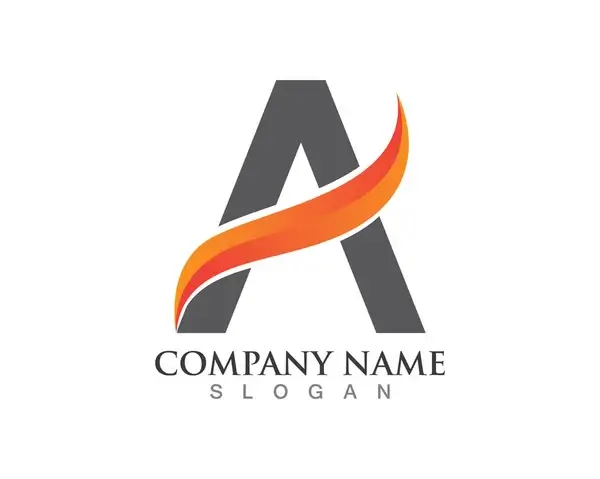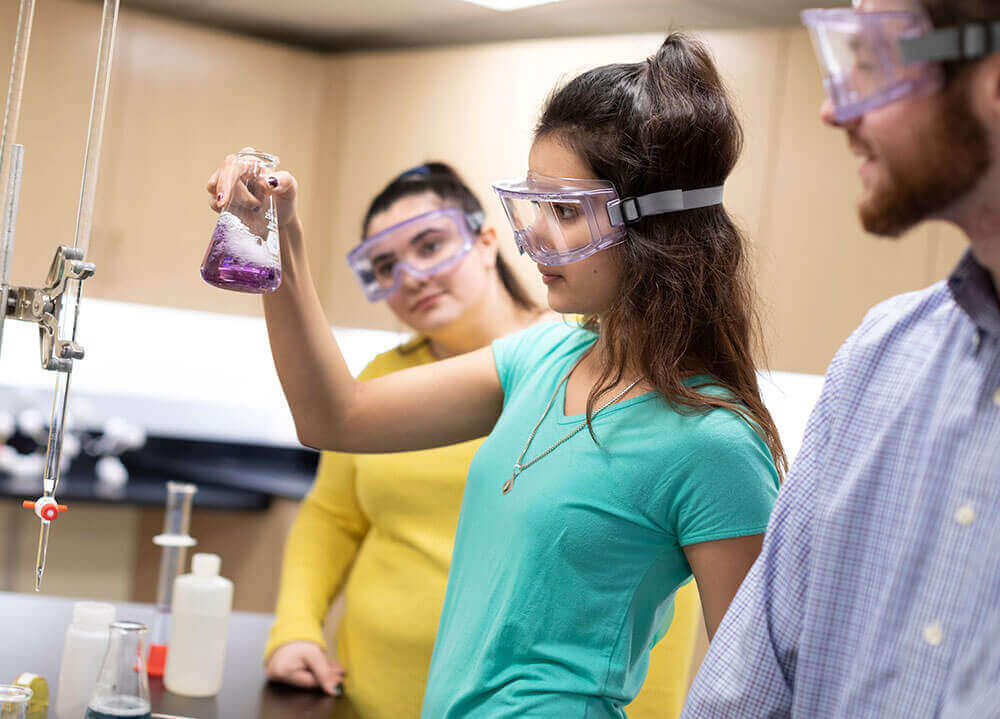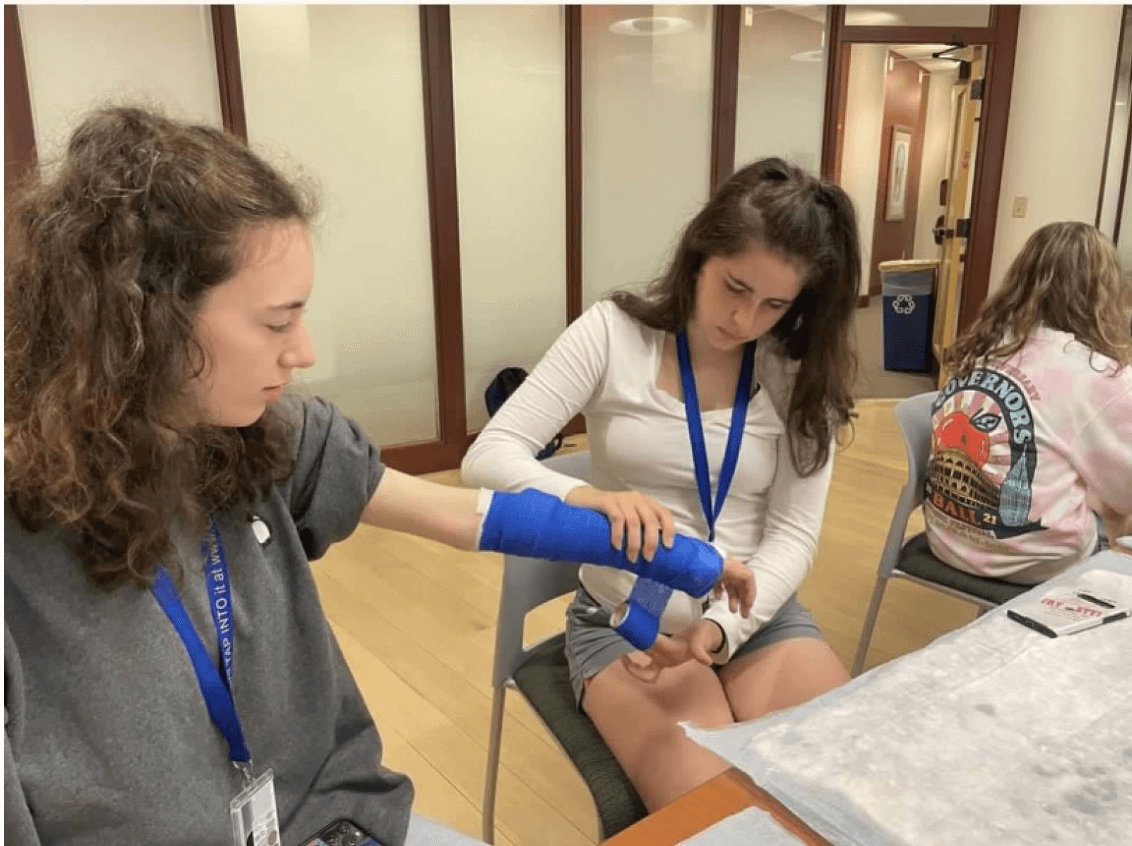
Sample award
Sample company


Image caption
Lorem ipsum dolor sit amet, consectetur adipiscing elit. Phasellus dolor massa, cursus. Duis pharetra tortor quis metus tincidunt placerat. Fusce pretium ut felis nec commodo. Nullam sit amet arcu ut est tristique porttitor. Mauris mattis dolor non ligula tincidunt maximus. Vestibulum gravida quam vel ipsum laoreet luctus.
Enim aliqua mollit magna aliqua aliqua et in nostrud laborum elit aliquip sed ea dolor elit fugiat esse labore non pariatur esse aliqua sunt velit amet minim pariatur voluptate aliqua esse incididunt amet elit labore aliquip consectetur et dolore minim ipsum cillum reprehenderit eu quis sint non sunt fugiat incididunt dolor nulla culpa adipiscing ipsum velit lorem consectetur reprehenderit ut anim ex dolore

Ullamco cupidatat dolor do eiusmod aute excepteur lorem enim anim reprehenderit ut in nulla mollit ex ut occaecat culpa ullamco velit ullamco mollit fugiat sed ipsum culpa ex commodo magna velit aute ut adipiscing ea aliquip officia qui enim dolore tempor enim cillum sed id lorem laboris qui irure deserunt adipiscing velit in id excepteur laborum culpa sunt lorem do esse enim commodo sit ad sit magna commodo magna ea irure irure ea ut dolore quis fugiat cupidatat excepteur sed reprehenderit laborum officia in eiusmod laborum deserunt et minim ea dolor amet culpa eiusmod ipsum in occaecat voluptate cupidatat officia.
Donec accumsan ex nec magna lobortis pretium. Morbi mollis tortor id lobortis luctus. Etiam tincidunt consectetur leo, quis tempor nibh varius nec. Nullam scelerisque, libero in congue semper, orci eros aliquet sapien, quis tempus nisi ligula vitae justo. Pellentesque habitant morbi tristique senectus et netus et malesuada fames ac turpis egestas. Fusce hendrerit sapien id commodo suscipit. Mauris lacinia porta ligula at ultricies. Ut et tempor dolor, in auctor urna.
This research paper is published in the 2023 IEEE 13th Annual Computing and Communication Workshop and Conference (CCWC).
The IoT market is continuously expanding, and security measures parallel to the growing industrialization has drawn the research community’s attention. While several works have focused on the different technologies used to protect IoT devices, this paper aims to narrow the focus to Blockchain and Artificial Intelligence (AI) solutions for security and privacy issues faced by these devices. These technologies address two major vulnerabilities with edge devices on IoT networks: centralization and weak edge nodes. Blockchain provides a distributed system that can help avoid a single-point failure and can be used to optimize battery life on low-level devices by load balancing. On the other hand, AI’s power to learn and adapt is critical to automate systems and make them intelligent enough to analyze collected data. The combination of these two technologies is capable of mitigating multiple challenges IoT architectures face currently. The paper discusses the latest major architectures that integrate Blockchain and AI to enhance security within the. This paper also presents the comprehensive take on the device security and drawbacks to these mechanisms. This work also addresses the future of security in IoT and suggests different areas that need further work to better comprehend how the combination of these technologies can assist in enhancing security.
Authors: Hephzibah Rajan ’23, John Burns ’23 and Professor Chetan Jaiswal
With programming becoming an ever-growing field, the number of readily available online learning tools is skyrocketing. One popular style of application designed to teach users how to program includes the use of code-blocks – predefined code snippets contained in a high-level description that the user can interact with and assemble in various ways to achieve programmatic results. A crucial drawback of most code-block applications is that they rarely demonstrate how an assembled arrangement of blocks translates to code in any modern programming language, which drastically limits the applicability of learned knowledge. Our application prototype, Junkademy, aims to bridge this gap by translating user-assembled code-blocks into syntactically correct Java code in real-time. This principal feature will peel back a layer of abstraction found in similar educational applications to benefit users as they attempt to write code because they will be familiar with one of the most popular programming languages worldwide.
Student Team Members: James Gonsalves, John Theall, MacArthur Mills
Adviser: Professor Chetan Jaiswal
Client: Professor Jonathan Blake
The sports training industry is valued at $11 billion and growing, with part of that capital being exchanged through coaching and personal training. Our product aims to be an economical alternative by allowing people to train on their own with machine-learning models. Using just one camera, our product can accurately detect the movement of joints in real time. With the help of the machine-learning solution Mediapipe, we can assist people with many types of exercises and sports. We aim to provide a product that can be used in any space with a UI that is simple to use. Our product offers features that help users easily identify their movements by overlaying a motion capture “skeleton” on the subject. This drawn skeleton updates with the subject’s movements. Through this comparison, we can give users examples of how to correctly perform the exercises and sports form demonstrated by our models.
Student Team Members: Thomas Eckert, Yadel Negash
Adviser: Professor Chetan Jaiswal
Client: Quinnipiac University Recreation and Wellness Center
MindBellows is an Android app that uses Java, Android Studio, GitHub and SQL to test and improve the mental aptitude of users. The app tests users in five different categories: general IQ questions, memory, logical thinking, pattern matching and reaction time. Users can take a full-spectrum test with every category, or they can take a test in one category. Each category is based on 20 points. A full-spectrum test is based on 100 points and impacts the scoring of all five categories. Depending on how well the user does, the app gives questions on an assigned difficulty scale: novice (0-5 points), intermediate (6-10 points), advanced (11-15 points) and expert (16-20 points). A full-spectrum test will scale its difficulty based on the average of the user’s five scores. The app will also try to encourage the user to try questions that are outside their difficulty range, allowing for gradual improvement.
Student Team Members: Michael Tambascio, Loki Simeon
Adviser: Professor Chetan Jaiswal
Client: Paul C. LoCasto, Ph.D., Professor & Chair, Department of Psychology
The impacts of global warming and climate change are being felt all around the world. At Quinnipiac, our team strives to understand the effects of the Urban Heat Island (UHI), a major factor in climate change. Our project, Sink and Source, consists of three layers: data collection, data processing, and data display. Data collection involves the use of IoT devices that have been strategically placed in eight locations around Quinnipiac’s Mount Carmel’s campus. The results are displayed as z-values and p-values, which help identify the spatial clustering of high and low heat by comparing the temperature of an area to its neighboring area’s temperature. A publicly accessible website will display the data in a user-friendly manner with the assistance of Angular.js in the front-end. Our team will present the finalized data to Quinnipiac’s sustainability committee in an effort to assist with future infrastructure plans and create a more eco-conscious campus.
Student Team Members: Caprice Williams, John Burns, Hephzibah Rajan
Adviser: Professor Chetan Jaiswal
Our project focuses on creating an improved course planning and advising website for Quinnipiac students and faculty. Our project looks to improve the current advising and course planning website in use by the university. The current system for advising and choosing classes is half on paper and half online. Our goal is to streamline this process and make it easy for students to understand the courses they need to take and to make educated registration decisions. Our system is a client/server website using AngularJS as the front end of the website. Users can access an interactive GUI that sends information and commands to the back end of the application. Our back end is run on Java using Spring Boot and can handle the requests coming from the front end. The backend uses Hibernate to retrieve information from the database. Our database is a MySQL database running a Google Cloud Platform.
Student Team Members: Peter Sabio, Jordan Mayo
Adviser: Professor Chetan Jaiswal
Client: Quinnipiac University Office of the Registrar